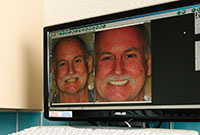High-Tech Dentistry in Melbourne

Drs. Sheldon and Furtado use high-tech equipment throughout the office to give you the best results possible.
Ultramodern care that makes dentistry more comfortable and efficient
Our state-of-the-art dental equipment helps our dentists to diagnose and treat conditions faster and more efficiently than ever before while making your time in the chair a comfortable experience.
This means we can deliver gentle dental care that is more effective yet less painful than dentistry of the past. See our list of high-tech equipment below:
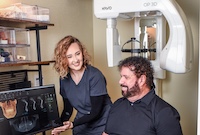
Cone Beam CT - 3D X-rays
Our Cone Beam scanner captures 3D images of the jaw, teeth, bone and entire skull, allowing the dentist to get a view from every angle and plan proper treatment. The system produces crisp 3D images in seconds, while using far less radiation than medical CT scans.
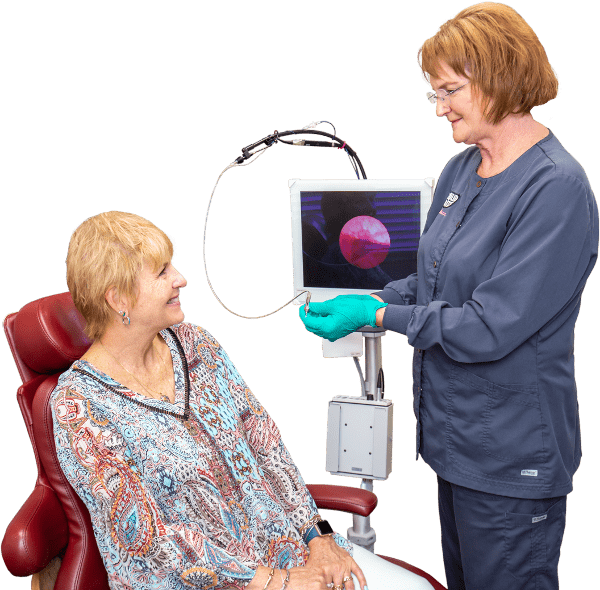
Perioscope
The Perioscope allows us to see the actual dental roots beneath the surface of the gums. Now, because of this new technology, we are able to clean tooth roots without surgery. This reduces not only pain for the patient, but recovery time too.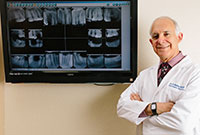
Digital X-rays
These high-speed X-rays use 80 percent less radiation than ordinary film X-rays, yet produce a nearly instantaneous image with the ability to use color contrast in that image.
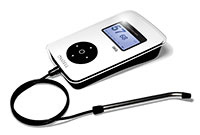
Osstell Implant integration diagnostics
Putting chewing forces on an implant before it’s fully integrated into the bone can cause failure of the implant, which must then be removed. This instrument enables us to clinically measure implant stability and integration with the jawbone before the restoration is placed.
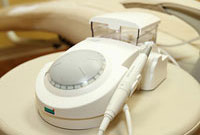
Ultrasonic scalers
Ultrasonic scaling is typically more comfortable and efficient than ordinary hand scaling. Our fully adjustable ultrasonic scalers can be reduced in intensity in sensitive tooth situations.
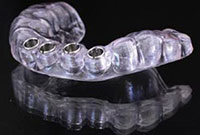
Computer-generated surgical guides
Unique, advanced computer software helps Dr. Furtado plan surgical guides that will ensure unparalleled accuracy in the surgical placement of your dental implant posts. Implants placed with custom computer-generated surgical guides are incredibly accurate, compared to “freehand” implant placement.
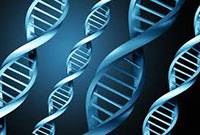
Oral DNA testing
A simple saliva DNA test can now determine the specific type and quantity of disease-causing bacteria in your mouth. Using this technology, we are now able to specifically identify the oral bacteria that can cause infections before they become an issue.
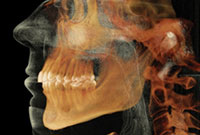
Treatment planning software
This software creates high resolution images that allow Dr. Sheldon to precisely plan implant surgery, thus reducing the possibility of errors and decreasing time spent in surgery for patients.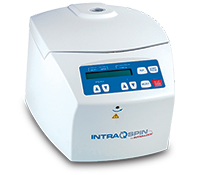
Plasma Rich Fibrin (PRF)
It has been reported as the most stable centrifuge and offers 4.5–6 times lower undesirable vibrations. The system utilizes a simplified chairside procedure which results in the production of a thin, compressed layer of platelet rich fibrin. This natural fibrin network is rich in platelets and growth factors. The presence of these proteins has been reported to produce rapid healing, especially during the critical first seven days after surgery.
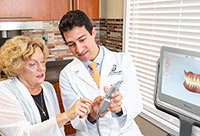
Intra-Oral Scan for Digital Impressions
Digital impressions are the state-of-the-art alternative for having to take impressions with goop. They are more accurate and faster than the traditional goop. A wand with a tiny camera on it takes thousands of pictures of your mouth and teeth. It captures all the same areas that are captured with the goop. This benefits patients in many ways. It’s precise, you can take breaks in the middle of the impression if you need to, and there’s no mess.

Laser
The Fotona dental laser is used to provide comfortable and efficient treatment for gum disease, root canal therapy and more.
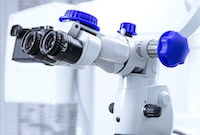
Microscope
We use high definition microscope to analyze plaque samples of our patients. This technology allows us to identify oral microbes and determine a target-specific antibiotic therapy for patients with gum disease.





